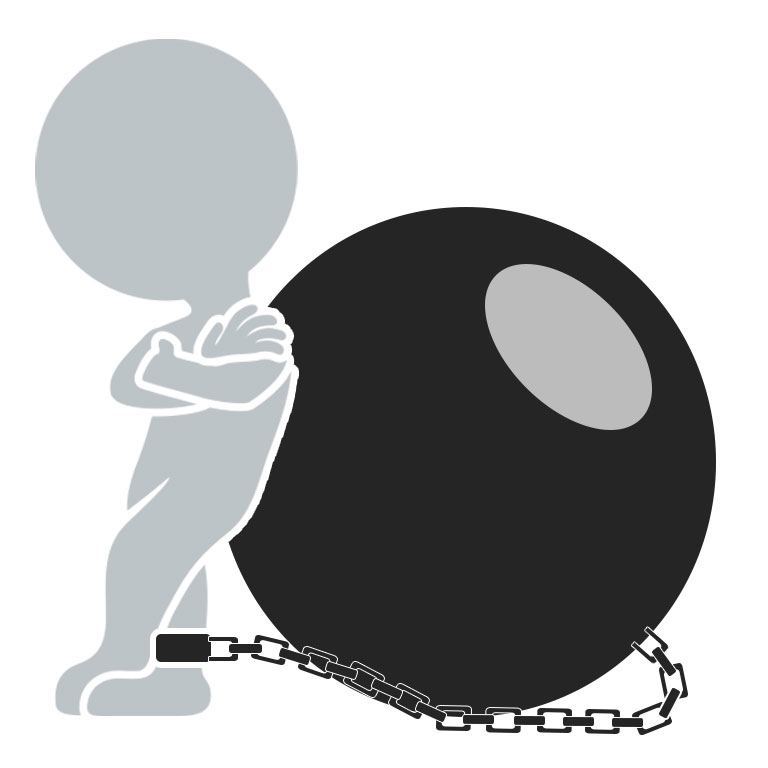There’s nothing quite like having access to unique data and to that end, as the webmaster for all the blogs hosted at Inside The Arts hosted, I can dive into multiple years’ worth of metrics data. Not long ago, I was enjoying some data mining and uncovered a fascinating nugget that identified a key anxiety point among orchestra ticket buyers.
The data came from Holly Mulcahy’s Neo Classical analytics account where a clear pattern emerged showing a steady, and substantial, spike in traffic every Friday and Saturday evening.
Since the site doesn’t have a regular publication schedule, those regular spikes needed some explanation.
After drilling down into the acquisition reports and filtering metrics by a few secondary dimensions, more than 90 percent of the Fri/Sat evening traffic came from organic google searches.
Specifically, readers were arriving to the site by way of search phrases such as “what to wear to the symphony,” “what to wear to a classical concert,” “how to dress for the symphony,” “symphony dress code,” etc.
Each one of those searches ended up at the same place:
Even more interesting is the amount of engagement visitors had with the content. Length of time on page and scroll depth were especially telling; readers weren’t limited to the post content, instead, they spent a good bit of time reading through the numerous comments.
Finally, the Fri/Sat spikes were consistent in quantity (several hundred per day) over the past four years.
All of this is a strong indication that whatever efforts orchestras are doing to reduce the stereotypical judgmental environment, it’s still a consistent source of concern and/or anxiety among ticket buyers.
Granted, this type of data is exactly the sort of thing that’s difficult to come by on an individual institutional level but enormously useful if gathered on a broader level like Neo Classical’s readership. Given the positive feedback to Mulcahy’s article, it’s a good place to begin for how to go about finding solutions that work best for your audience members.


